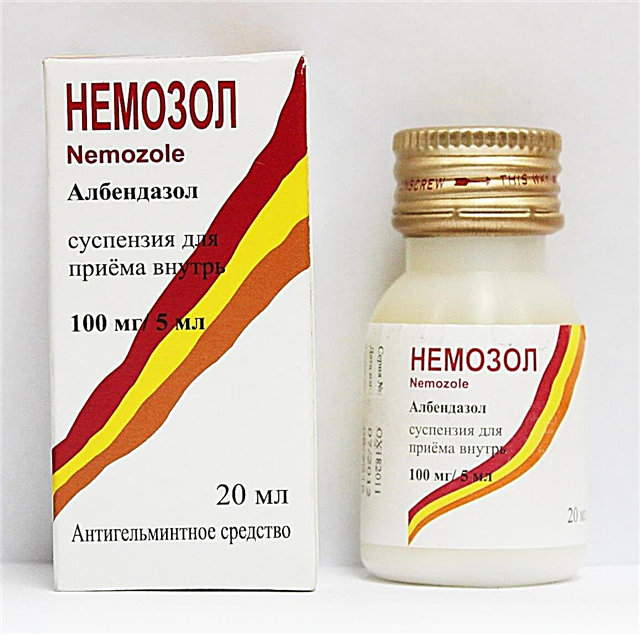
Among all the fruits that we call exotic, citrus takes the place of the most beloved and widespread fruit. Therefore, it is not surprising that a child gets acquainted with oranges, lemons, tangerines and other citrus fruits at an early age. When can you offer an orange to a crumb, how can this fruit be dangerous for a baby and in what form should it be given to young children?

Benefit
In addition to its pleasant taste and alluring aroma, orange has the following beneficial properties:
- Fruits are rich in glucose, fructose, vitamin C and other beneficial compounds. Fresh orange is known to contain more magnesium and potassium than any other citrus. There are many phytoncides and citric acid in such fruits. Eating oranges regularly, you can strengthen the immune system, normalize the work of the heart and liver.
- The high content of fiber in fresh orange fruits and pectin in orange juice helps cleanse the intestines of harmful substances and improve digestion. By consuming oranges, you will prevent constipation and indigestion, and increase your appetite.
- Drinking orange juice helps to retain calcium in the child's body, thereby maintaining the health of the skeletal system.

Harm
- Orange is a fairly strong allergen.
- This citrus and juice from its pulp should not be consumed in case of stomach diseases, in which the acidity is increased.
- Due to the presence of acids, the orange can adversely affect the enamel of the teeth.
Contraindications
Oranges should not be given to children with:
- Citrus intolerance.
- Peptic ulcer disease.
- Pancreatitis.
- Gastritis.
- Diabetes mellitus.
It is not advised to give orange zest until the age of 6, since harmful compounds can accumulate in it when the fruit ripens.

How many months can you give?
In the absence of a tendency to allergies and contraindications to the use of citrus, oranges can be given to babies from 9 months of age.
For children with exudative-catarrhal diathesis, the introduction of oranges into the diet is postponed for up to 1 year. If a baby has a serious allergy in the form of dermatitis or asthma to any other food, doctors advise not to introduce orange and other citrus fruits until the age of three.

Why are allergies common?
To citrus fruits, which include oranges, an allergic reaction is not uncommon. After consuming even a small amount of such a fruit, a child may experience a rash, swelling and redness of the skin, swelling of the eyelids, respiratory problems, and intestinal upset.
Allergies can be caused not only by the active substances contained in the orange fruit, but also by the chemicals with which these citruses were processed for longer storage.
Due to the increased risk of allergies, any citrus fruit should be added to the children's menu with caution and in small portions. If the child reacted to the first time tasted fruit with an allergic reaction, it is immediately canceled and a doctor is consulted.

In what form can you give?
Offer your baby a fresh orange, giving the baby a small part of one orange slice to start with. In the absence of a negative reaction, you can continue the acquaintance of the baby with such a citrus. Add half a wedge to your child's portion each time.
Orange juice
Making fresh orange juice with your own hands is the best choice for a child's diet. It is important to remember that such juice must be diluted with water 1k 1. For a change, orange juice is often combined with juices of other fruits or vegetables, for example, with carrot or apple juice.

Orange dessert
For kids over a year old, you can make a healthy and very tasty dessert for which you should take two oranges and peel them, and then cut them into small pieces. Also, for dessert you will need carrots (take two medium carrots, peel and grind), raisins (50 grams) and sour cream (about 150-200 grams). After mixing grated carrots and chopped oranges, add raisins and sour cream, then stir everything. Add some sugar and lemon juice if desired.
For adult children, you can make homemade orange marmalade, the recipe for which you can see in the video of the Our Recipes channel.
Tips for choosing
- You can easily identify a ripe and tasty orange by its weight (the fruit will be quite heavy), density (citrus must be strong) and pleasant aroma.
- If an orange has a thick skin, it has nothing to do with its sweetness. The thin-skinned fruits are also very sweet. At the same time, a fruit with a thicker skin is easier and more convenient to peel for a child.
- It is impossible to judge by the color of the orange peel how tasty and high quality it is. Even fruits that are greenish in appearance may have ripe juicy pulp. Better to focus on the smell and weight of these citrus fruits.
Find out if your child's weight is normal using the following calculator.



